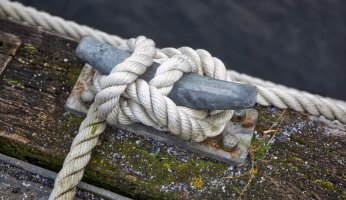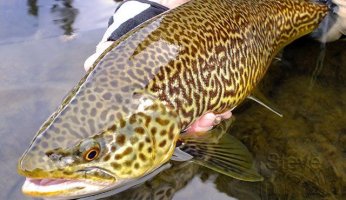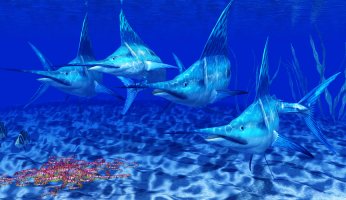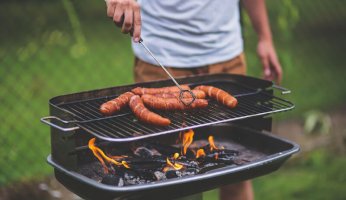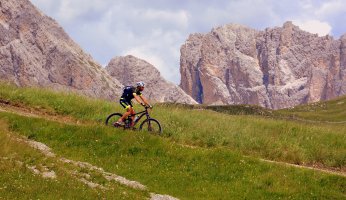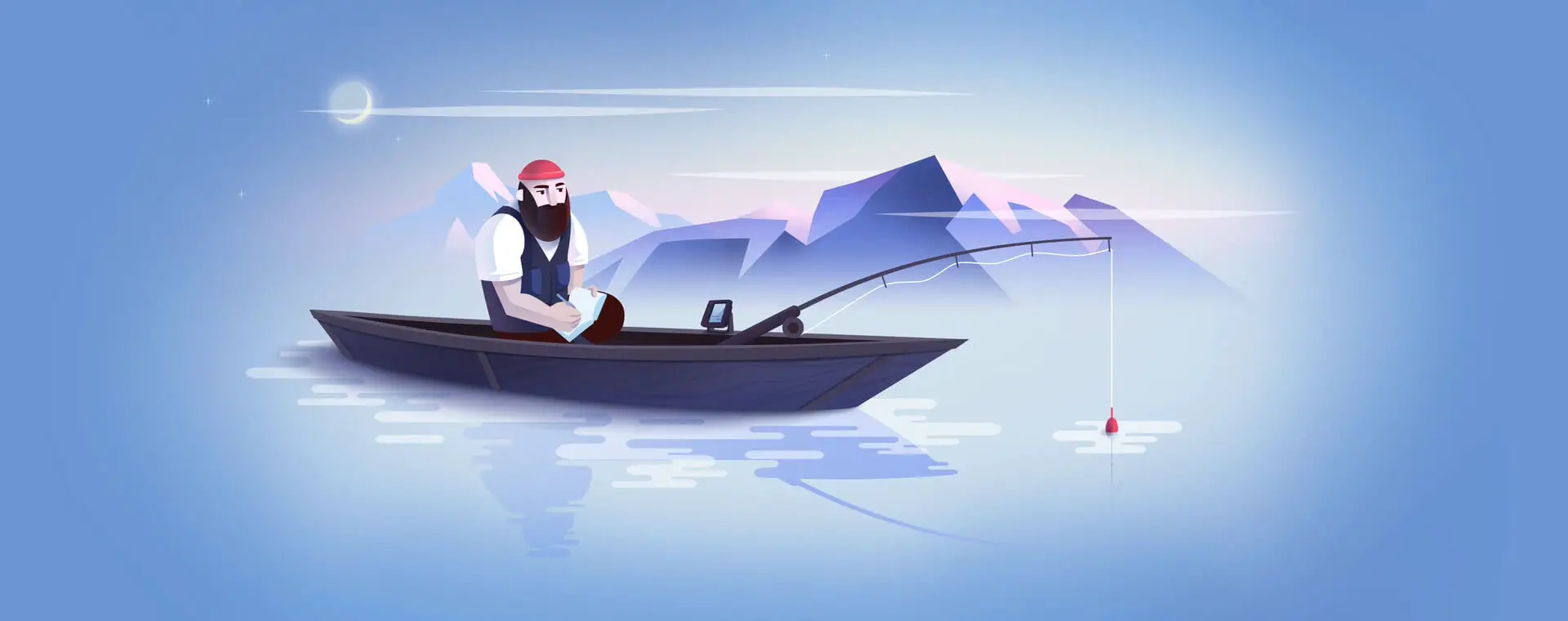Catching Trout with Hoppers
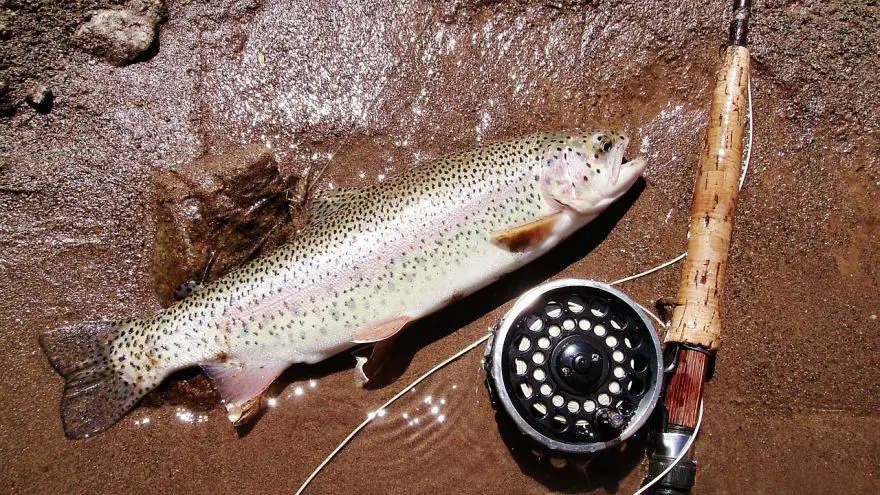 Catching Trout with Hoppers
gearweare.net
Catching Trout with Hoppers
gearweare.net
For those of us that enjoy fly fishing for trout in Colorado and Montana, nothing gets our blood pumping more than hopper season. Trout love grasshoppers and go into an absolute feeding frenzy when they are around. This is most prevalent in the late summer, more specifically in late July and early August.
Especially as you are learning the art of fly fishing, a hopper fly pattern can be your best friend. It can help overcome the learning curve because of its ability to draw an instinctive attack from a trout. Often clear, hot, sunny days are the worst time to go after trout. They are very visual fish and can easily spot your line when there is a great deal of light hitting the water. However, trout have a hard time passing up a hopper lure even when suspicious.
Part of the reason these flies work so well is that fish can almost always see them. No matter how unskillfully you present the lure, it is large and visible from every angle. Hoppers also do not become waterlogged nearly as easily as other flies, so they are good to stay on the surface of the water all day. As easy as it is to use hopper flies, there are a few pointers that can make you even more successful.
Table of Contents
Finesse Does Not Work
When you are casting your lure, remember the type of insect you are imitating. It is large, it is heavy, and it does not like the water. A grasshopper does not gently land on the surface of a stream. If a grasshopper is in the water, it is because it fell in the water. When you cast your lure, let it flop down like it fell out of a tree. However, you have to do this without slapping your line against the water surface.
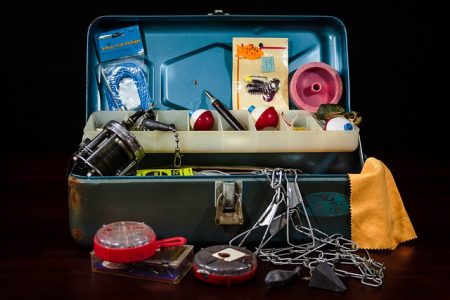
If you are working swift water, you can just let the hopper float downstream and then cast again. However, if you are working water that is fairly calm you will need to add some movement. It is best to twitch or slide your hopper to the side imitating a grasshopper that is struggling to get to dry land.
Be Cautious of Size and Color
The shape and design of your hopper do not matter. Really anything that resembles a grasshopper and floats will work fine. However, the size needs to be consistent with the insects being seen at that time. If you use a large hopper early in the season when insects are smaller, that could be an issue. Also, the color needs to be consistent with the insects in that area. Some will be a dark green while others will be yellow or brown in color. Your best bet is to call some of the local fly shops and ask what is working before you make the trip.

Be Prepared
Trout will often strike unexpectedly, so be ready to set the hook and have a strong line. They will only give you a split second after they strike but before they spit out the fly, so take action quickly. It is sometimes tough to get the hook set without ripping it out of the fish’s mouth. Trout are notorious for striking hoppers when they first hit the water. Do not be surprised when it happens and be prepared with a good spinning reel.
Pick the Right Time
Unlike most types of fishing, your peak time for hopper effectiveness is mid-day. Typically 10:30 am to about 4 pm is when the air gets warmer and the grasshoppers will start to move, so this is when the fish will be biting. They seem to know when grasshoppers are moving and when they are not. If you plan to fish early morning or late evening, you may want to switch to a different fly type.
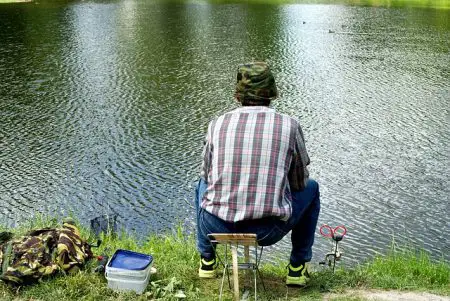
Use a Trailing Fly
Instead of just fishing with your hopper, tie on an additional smaller fly. You cannot always predict if fish will be biting on hoppers or other types of flies, so adding a smaller fly doubles your odds. Just tie another one-foot long piece of tippet to the hook on your hopper and then tie a smaller terrestrial onto the end. Typically those that resemble ants or small beetles are best for this.
Do Not Forget the Middle
While the natural tendency of anglers is to cast along the edges of the stream, do not limit yourself. Often monster trout will hang out along undercut banks and attack hoppers floating by. However, some of your best opportunities may be in the center of the stream. The Wind will blow grasshoppers all over your stream, so do not make the mistake of thinking that fish only eat on the edges.
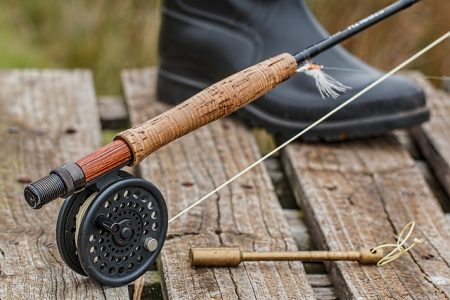
Also keep in mind that trout see dozens of anglers casting hoppers along the edges. If your stream has any fishing pressure at all, the trout may actually avoid the edges. A fish will only get hooked so many times before it changes its behavior.





